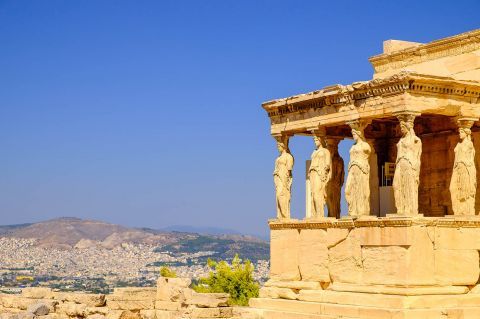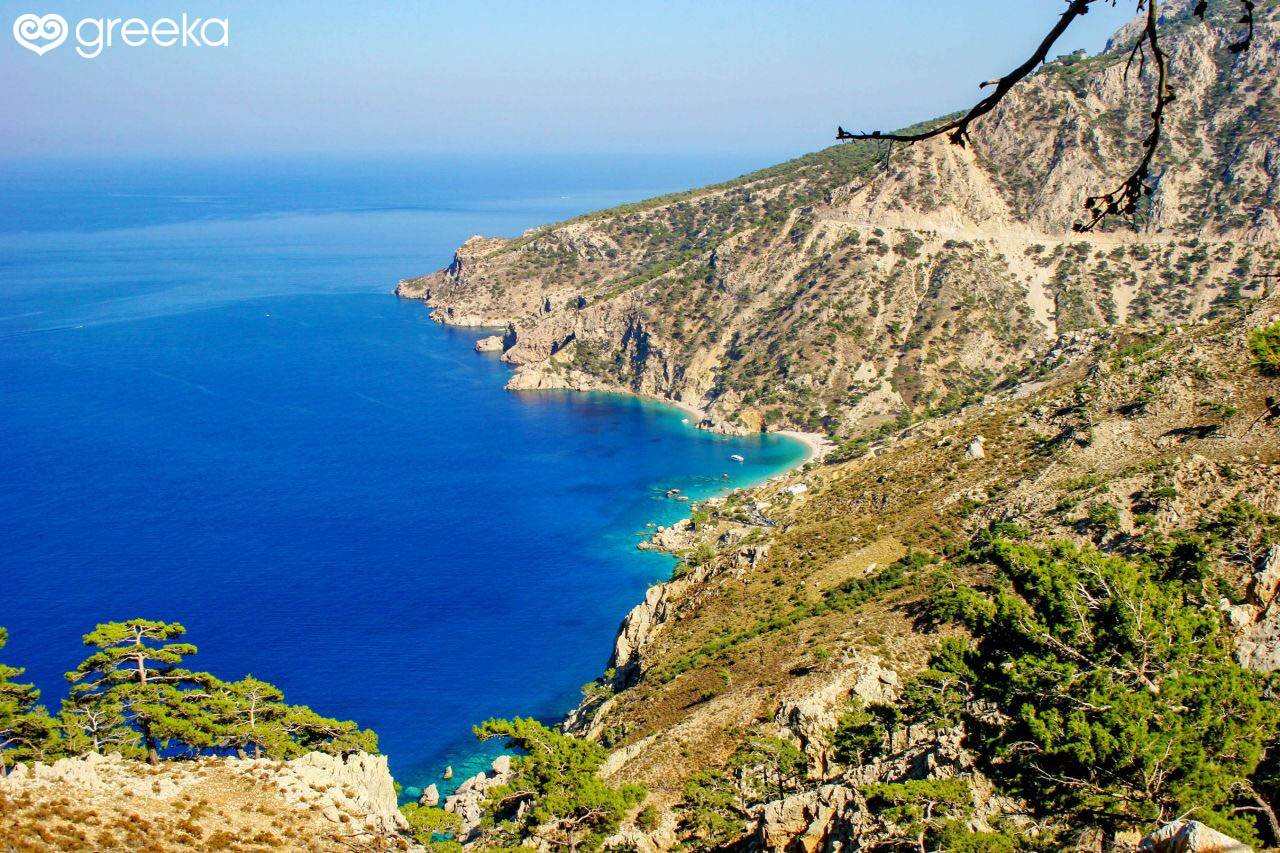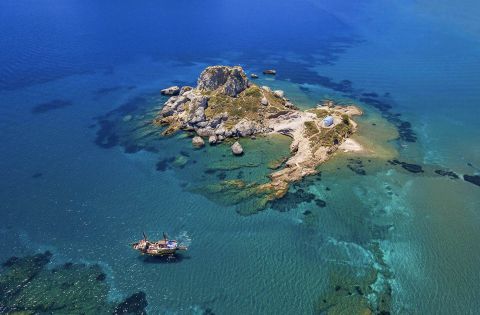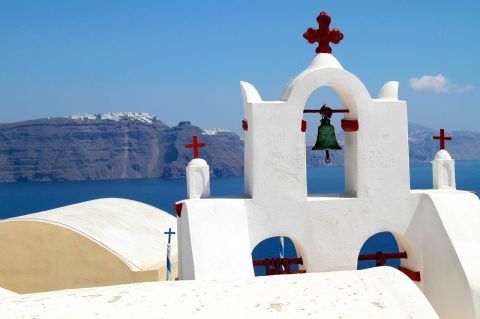The amazing rock formations of Meteora

Athens, the Capital
Athens is the capital of Greece. It belongs to the Prefecture of Attica, located at the center of the territory. Attica is a peninsula surrounded by four high mountains that form a basin. In this basin, the city and suburbs of Athens have been constructed. The southernmost point of Attica is Cape Sounion, on top of which an ancient temple dedicated to god Poseidon is found. According to the myth, King Aegeus fell from Cape Sounion and got drowned, when he thought that his only son Theseus was killed by the Minotaur in Crete. On the western side, the Attica peninsula is divided by Peloponnese with the Corinth Canal, an artificial work that was completed in 1893.








